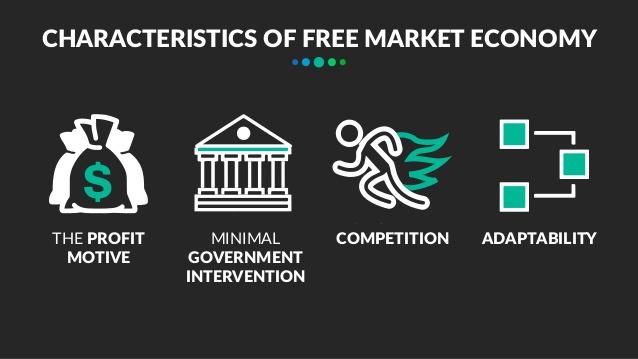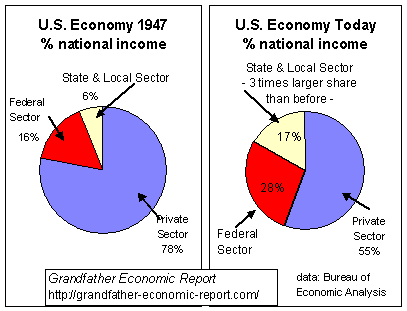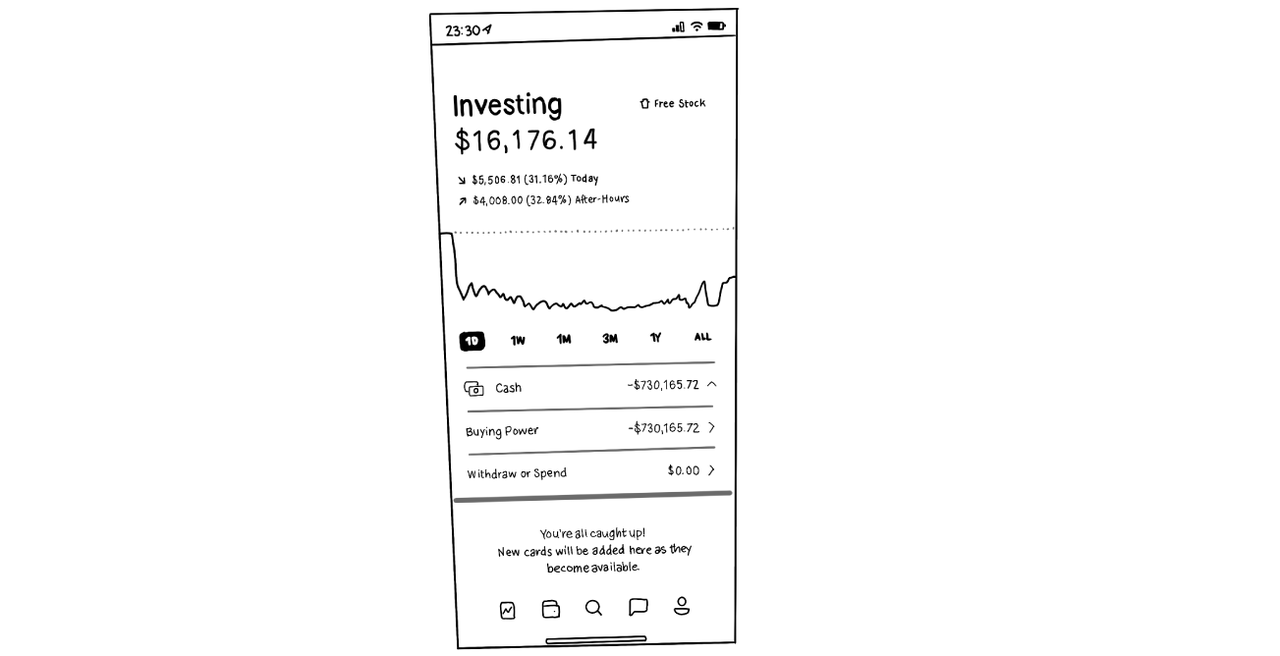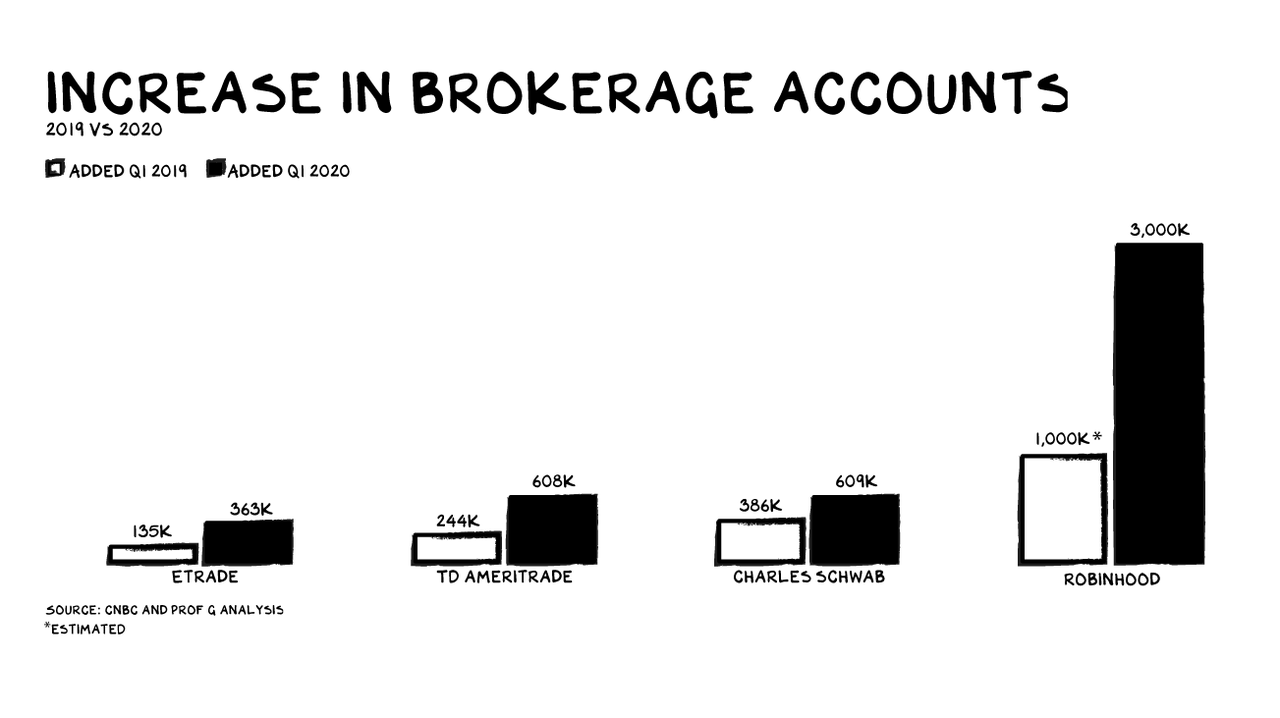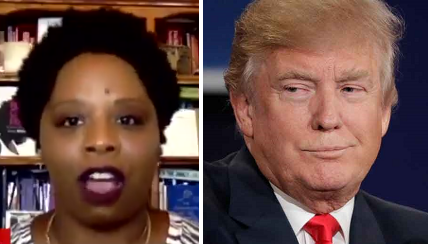One Dead After Shooting In Seattle Autonomous Zone
Tyler Durden
Sat, 06/20/2020 – 13:18
Following roughly 2 weeks of existence that have been characterized by an incessant stream of video showing beatdowns, brazen theft, armed robbery and myriad other crimes and/or ‘revolutionary’ acts, Seattle’s autonomous zone has finally sustained its first casualty since “declaring independence” from the US.
According to the Seattle PD twitter account, the shooting has been ruled a homicide.
Police investigating shooting at 10th Avenue and East Pine. Will update with additional information when available.
— Seattle Police Dept. (@SeattlePD) June 20, 2020
Updated information on overnight homicide inside protest zone. https://t.co/AcmOeR06ZW
— Seattle Police Dept. (@SeattlePD) June 20, 2020
At least one person is dead with another in critical condition after a shooting early Saturday morning in the Capitol Hill Occupied Protest, or CHOP (as they’re now calling it). The shooting comes after the mayor of Seattle decided to appease the group of mostly fringe leftists and anarchists by barring cops from using tear gas and other crowd control methods.
According to the city’s official statement, when officers arrived on scene while responding to the shooting (and to try and administer aid to the then-mortally wounded victim) a violent crowd of CHOP denizens prevented the police from reaching the individual, who soon succumbed to his wounds.
Read the full press release below:
Homicide detectives are investigating following a fatal shooting that occurred early Saturday morning at 10th Avenue and East Pine Street. One man was declared deceased at the hospital and another male is being treated for life-threatening injuries.
On June 20th, at approximately 2:30 AM, East Precinct officers responded to a report of shots fired in Cal Anderson Park. This is inside the area referred to as the Capitol Hill Organized Protest (CHOP). Officers attempted to locate a shooting victim but were met by a violent crowd that prevented officers safe access to the victims. Officers were later informed that the victims, both males, had been transported to Harborview Medical Center by CHOP medics.
Officers responded to Harborview and were informed that one of the victims, a 19-year-old male, had died from injuries. The other victim, also a male, unknown age, remains in the hospital with life-threatening injuries.
The suspect or suspect(s) fled and are still at large. There is no description at this time.
Homicide detectives responded and are conducting a thorough investigation, despite the challenges presented by the circumstances.
Anyone with information about this shooting, or who may have video, is asked to contact the Seattle Police Department’s Violent Crime tip line at (206) 233-5000.This remains an active and on-going homicide investigation. This post will be updated as additional information becomes available.
Though according to Omari Salisbury, a resident CHOP “journalist”, the victims had already been transported to the hospital by car before police arrive. It’s not clear whether this is accurate or not. It’s also unclear how police plant to investigate the shooting.
#CHAZ / #CHOP – The @SeattlePD entered the zone with a force of about 10 officers. They asked the crowd to step back and that they were there to extract the victim out of the zone. The victim who was deceased at that time had just been transported a few minutes prior.
— Omari Salisbury (@Omarisal) June 20, 2020
According to a clip of the scene when the shots rang out, it appears 7 shots in total were fired.
Here’s my clip that picked up the gunfire audio. I counted 7 shots fired @ 2:18:39, one more @ 2:19:16 pic.twitter.com/ku22c4tHcH
— Subpixel Alchemist (@MarcusKulik) June 20, 2020
Salisbury claims the shootings, which occurred “one block apart” were entirely separate incidents, which deviates from the statement given by the Seattle PD.
#CHAZ / #CHOP Two people shot in the zone tonight. Two separate shootings one block apart and moments apart.
— Omari Salisbury (@Omarisal) June 20, 2020
Just as we long suspected, this bizarre experiment in appeasing the intellectually bankrupt fringe left has resulted in bloodshed, despite its members purported commitment to peace, justice and equality.
via ZeroHedge News https://ift.tt/2V3QMWN Tyler Durden




